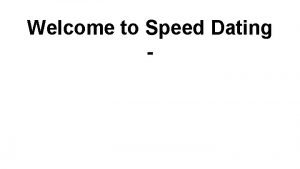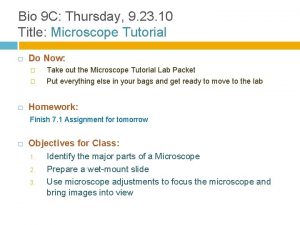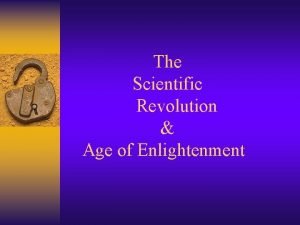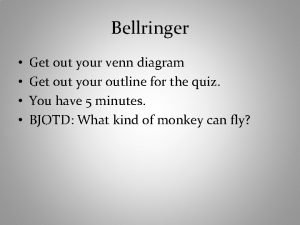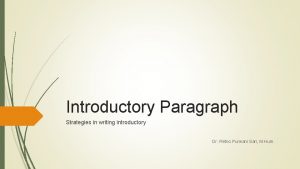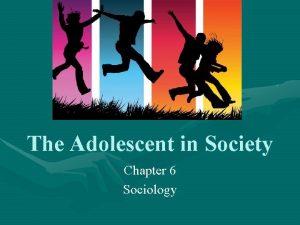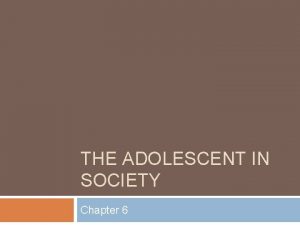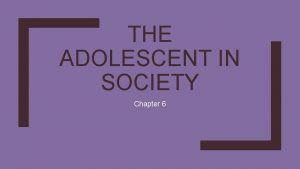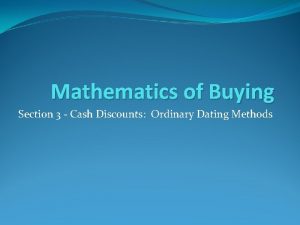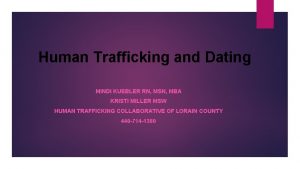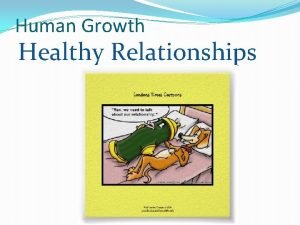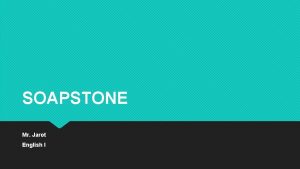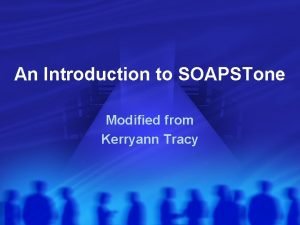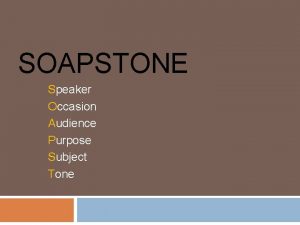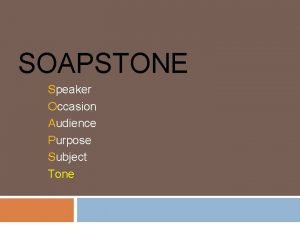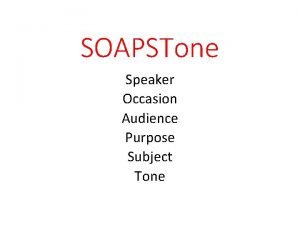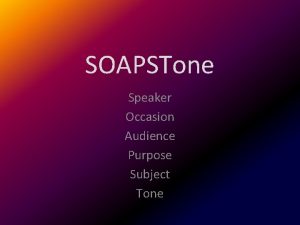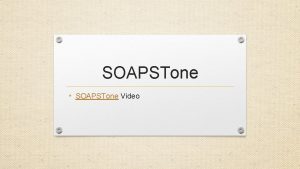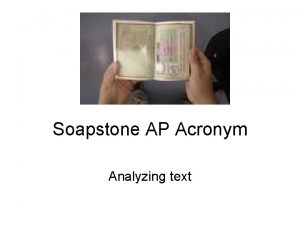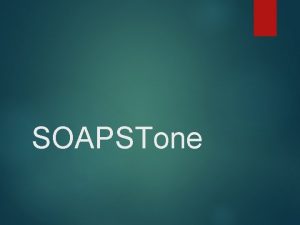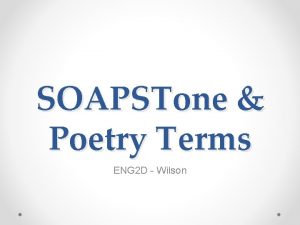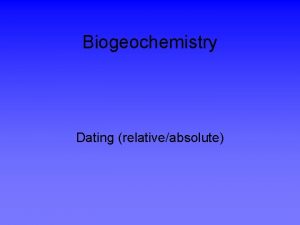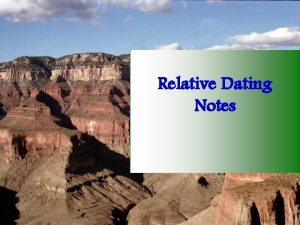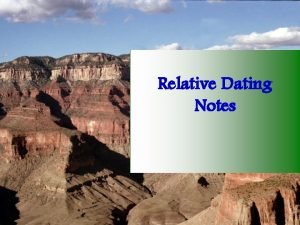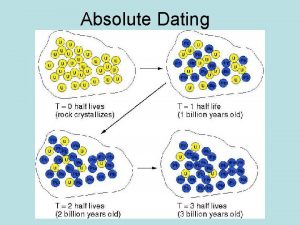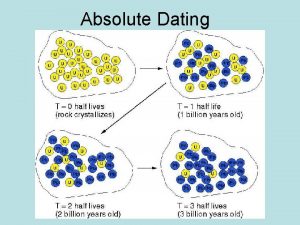Speed Dating Strategies An Introduction to SOAPSTone Kerryann























- Slides: 23

Speed Dating Strategies: An Introduction to SOAPSTone Kerryann Tracy

Agenda SOAPSTone Defined Applications of SOAPSTone Benefits & Challenges Your Questions & Ideas

SOAPSTone Speaker Occasion Audience Purpose Subject Tone

speaker or writer audience subject

S O A P S T o n e Who is the Speaker? It is not enough simply to name the speaker. Whose voice is telling the story? What assumptions can you make about the speaker (e. g. , age, gender, class, occupation, emotional state)? Remember that the author and the speaker are not necessarily the same, and that the author may tell the story from more than one point of view. What does the speaker believe? Do not assume that the author believes what the speaker believes. If the text is non-fiction, include important facts about the speaker that might help you make judgments about his or her point of view.

S O A P S T o n e What is the Occasion? Occasion is not simply identifying the time and place. Consider the larger occasion or context: the environment of ideas, attitudes, and emotions surrounding an issue. Then examine the immediate occasion that may have inspired this specific response.

S O A P S T o n e Who is the Audience? To whom is this text directed? It’s not enough to say: “Anyone who reads it. ” Is it one individual, a group, many groups? What assumptions can you make about the intended audience? How might the intended audience have been similar to or different from you?

S O A P S T o n e What is the Purpose? What is the speaker’s reason for writing the text? What is its intended effect? How is it supposed to make the audience feel? What change does the author want to see as a result? Is the author’s aim to entertain, to inform, to persuade, to critique, to complain, to explain, to describe, or to reflect? Consider that oftentimes writers have a dual purpose.

S O A P S T o n e What is the Subject? The subject is the general topic, content, and ideas contained in the text. This can usually be stated in a few words or a phrase. The subjects of texts are frequently abstract: the right to die, racism, poverty, conformity, cloning, global warming, etc.

S O A P S T o n e What is the Tone? Tone is the attitude of the speaker towards his subject. What emotional sense do you take from the piece? Does it stay consistent throughout, or do the speaker’s feelings shift? While the spoken word can easily convey attitude through inflection, tone is often difficult to discern in the written word. Consider how word choice, sentence structure, and imagery might point to tone.

Talking About Tone aggravated ambiguous amused angry apathetic apologetic appreciative apprehensive arrogant dramatic ecstatic effusive elated elegiac factual fanciful flippant foreboding moralistic mournful nostalgic objective outraged passionate patronizing pedantic perplexed

Applications Nonfiction: Historical documents Speeches Newspaper articles Grant proposals or scientific reports Editorials Letters Memoir or diary Biography Fiction: Novels Short stories Verse: Poetry Song lyrics Planning and writing original texts

Benefits & Challenges Benefits for struggling readers Benefits for skilled readers Benefits for stressed out teachers The challenge of going deep

SOAPSTone Application: “I Have a Dream” Speaker King was one of many speakers that day. What distinguished him from the others – as a man, a prominent figure in the civil rights movement, or a public speaker? In addition, you might consider that King was both a preacher and the son of a preacher. How does this background manifest itself in the speech?

SOAPSTone Application: “I Have a Dream” Occasion What is important to understand about the historical context of this speech? Consider both the general background (the Civil Rights Movement), and this particular occasion (the March on Washington). How does King himself frame the occasion?

SOAPSTone Application: “I Have a Dream” Audience Who comprises King’s audience? Which audiences are explicit (directly named) and which might be implicit (implied but not named)? Where in the speech does he address specific audiences?

SOAPSTone Application: “I Have a Dream” Purpose What changes does King want to see as a result of this speech? What other purpose(s), beyond advocating change, do you see in King’s speech?

SOAPSTone Application: “I Have a Dream” Subject The event was billed as a march “for jobs and freedom. ” What other topics or issues, beyond these, does King address in his speech?

SOAPSTone Application: “I Have a Dream” Tone How would you characterize the tone of King’s speech? Where do you see significant shifts in tone?

SOAPStone carousel 1. At your first station read your piece and fill in the soaps sheet except the T part. Leave your work behind. Think about what you learned by working with your team.

Station 2 At station 2 read the piece and the previous group’s work. Describe what you believe is the TONE of the piece. Write it in a collaborative statement.

Station 3 You have reached your last station. Read the piece and the last groups’ work on the SOAPStone sheet. Get ready to share their work. Agree or disagree with their statements about the tone. Find supporting phrases or passages to support or refute their claim.

Questions & Ideas How did the pieces relate? What takeaways do you have? What might students learn from the pieces? -About writing, about perspective? What were the benefits of the Soaps strategy? A carousel? How might you use SOAPSTone in your classes ?
 Dating serves several important functions that include
Dating serves several important functions that include Circumciality
Circumciality Organelle speed dating
Organelle speed dating Scientific revolution and enlightenment speed dating
Scientific revolution and enlightenment speed dating Scientific revolution and enlightenment speed dating
Scientific revolution and enlightenment speed dating Mnemonic
Mnemonic Soapstone thesis example
Soapstone thesis example How to find speed
How to find speed Strong emotions can interfere with your ability to
Strong emotions can interfere with your ability to Speed detection of moving vehicle
Speed detection of moving vehicle Bold pronouncement hook
Bold pronouncement hook Introduction to algorithmic trading strategies
Introduction to algorithmic trading strategies Introduction to algorithmic trading strategies
Introduction to algorithmic trading strategies Introduction to algorithmic trading strategies
Introduction to algorithmic trading strategies Kalman filter trading strategy
Kalman filter trading strategy Adolescence definition sociology
Adolescence definition sociology Dating patterns
Dating patterns Adolescence
Adolescence Difference between courtship and dating
Difference between courtship and dating 2 week dating challenge
2 week dating challenge Ordinary dating method
Ordinary dating method Msn dating
Msn dating Relationship stages
Relationship stages Youngest
Youngest

